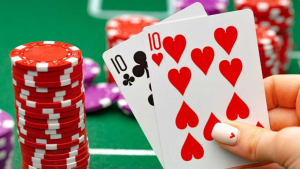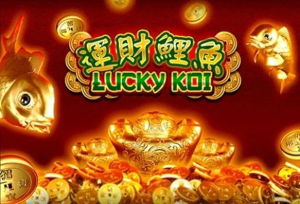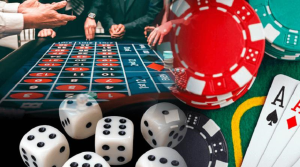Dramatic Growth, But Demand for Gambling is not unlimited
Casino-style gambling in the United States has skyrocketed in the last 35 years, expanding from just two states (Nevada and New Jersey) to 40 states in 2014. Outside of Nevada (which alone has over 200 operations), the U.S. has more than 700 casinos, including sizeable facilities owned by Indian tribes. Of the 20 largest metropolitan areas, 17 have casinos within a one hour’s drive. Nonetheless, as shown by the recent closing of three Atlantic City (New Jersey) properties, consumer demand is not infinite, and cannibalization occurs if too many casinos target a given population base.
Convenience Gambling Pays a High Tax Rate Relative to Other Diversions
Las Vegas is a “tourist destination,” but most U.S. casinos appeal to the “convenience gambler,” who lives within an hour’s drive of the facility. Outside of Nevada, state governments (and the casino owners themselves) try to limit the number of casinos in operation. This policy provides the owners with the potential for oligopoly-type profit margins (before local gaming taxes) and enables the states to impose high tax rates (30 percent or more is not unusual) on gambling revenues, without destroying the owners’ investment return. Other forms of consumer diversions, such as restaurants and movies, have lesser rates, such as a 5 percent to 6 percent sales tax. Compared to commercial properties, tribal casinos pay much lower taxes, if any, as they have special treatment under federal law. As a result, states where tribal properties dominate, such as California, receive fewer gambling taxes than would otherwise be the case.
Average Losses by Patrons
For the convenience gambler, the “average loss per visit” to a nearby property is about $80. This is an average and a certain percentage of customers leave as winners. About 75 percent of a convenience casino’s win (i.e., money lost by patrons), derives from slot machines, rather than tables games such as poker or craps. Five cent, 10 cent and 25 cent slot machines represent the bulk of the slots win. “High rollers” are not the principal revenue source.
Problem Gamblers or Addicts
The exact percentage of casino patrons who have a gambling “problem” is not known. Good faith estimates place the number at around 2 percent. These individuals account for a disproportionate share of revenues. Certain of the states and some industry participants have safeguards to try and protect these individuals from their self-destructive behaviour.
Casino Style Gambling is a Heavily Subsidized Industry
States have subsidized heavily the growth of the non-tribal gambling industry. As noted, many states legalized casinos over the last 35 years, and at the same time, they limited the number of locations. This strategy provided incumbent protection from new entrants, enabled the casinos to have high margins, and allowed the states, as a result, to impose relatively high tax rates on the industry. In the early stages of the gambling expansion, states that had casinos took in tax revenues from those that didn’t, since many residents of non-gambling states flocked to casinos in neighbouring locales. For example, the casino in Charles Town, West Virginia, was once one of the highest grossing properties in the country, due to its proximity to the Baltimore and Washington, D.C. metro areas. Until recently, neither metro area had convenience locations.
Besides competitive protection, a bargain–priced “license to operate” was another subsidy provided to the industry by the states. A license to operate a new casino in otherwise virgin territory was a highly valuable item, particular if the territory had a large population. The vast majority of states awarded these licenses for free, or for nominal amounts, despite evidence showing that a license in a highly populated area sells in the secondary market for hundreds of millions of dollars. The beneficiaries of this largesse were gambling concerns, racetrack owners and politically-connected parties. A reasonable estimate of the license “giveaway” over the last three decades is $20 billion.The federal government has principal jurisdiction over tribal casinos. It charges neither an upfront license fee nor a gambling tax. These tribal facilities are subject to minor federal payments and sometimes limited state gambling taxes. In certain states, such as Florida and California, tribal owners have been active in blocking new entrants, and they spend tens of millions of dollars annually on political contributions, PACs, lobbying efforts and ballot initiatives to maintain a competitive edge.









